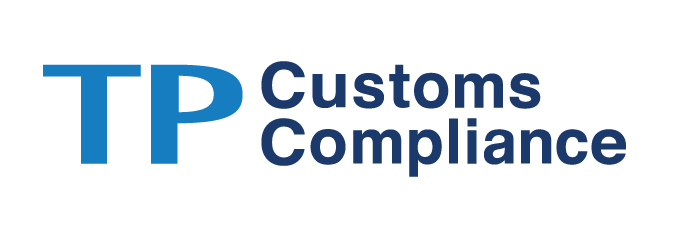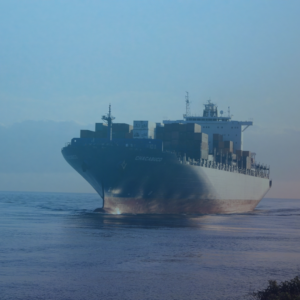WHAT TO EXPECT FROM ANAM’S TECHNOLOGICAL CHANGES?
We have at least two decades in which the customs authorities have encouraged efforts to transform the Mexican customs system with a “paperless” vision, which entails the digitization of processes as a factor of competitiveness and efficiency. These efforts are born in the international commitments of the Mexican government before the World Customs Organization (WCO), World Trade Organization (WTO), trade agreements, and supply chain security agreements, among others.
In this regard, the day-to-day operation of imports and exports in Mexico has faced the implementation of measures that probably began with the transition from the Decentralized Capture of the Customs Declaration (CADEPA) to the Automated Customs System (SAAI) and its subsequent SAAI M3 version and going through the Single Window for Mexican Foreign Trade (VUCEM), or the Electronic Payment of Customs Declarations (PECA), the integration of the Foreign Trade Tax Administration Model (MATCE), the Operation Document for Customs Clearance (DODA) and the Project of Customs Technological Integration (PITA).
It is clear that all these customs implementations have forced all companies involved in import and export operations to understand the new rules, invest in technology and make the necessary adjustments in their internal processes to adapt to the changes. Even though in all these processes the daily operation of the users of the Mexican customs system has been impacted to a greater or lesser extent until now there had been a normative direction and technological support by the SAT to facilitate the operational implementation, and even in some cases the participation of the foreign trade community to achieve greater clarity in the customs operation.
However, a question arose last year when it was announced that Customs would no longer be part of the SAT to become a decentralized body of the Ministry of Treasure. This separation means that the customs agency would have financial and management autonomy, and therefore the possibility was opened that at some point there would be a lack of coordination between the tax collection body and the body in charge of import and export control, in terms of applicable criteria.
In 2022, the efforts towards the modernization of the Mexican customs system continue, and the most recent change was announced last May, in which the National Customs Agency of Mexico (ANAM) through bulletin number 6, communicated to foreign trade users the implementation of the Notice of Crossing (Aviso de Cruce – AVC) as part of the customs clearance process, with the intention of incorporating benefits for users of foreign trade, such as the transmission of fewer data to obtain the AVC number, or that in the cargo lanes that have the technological infrastructure, the technological device can be read through the vehicle tag, to speed up the activation of the Automated Selection Mechanism (MSA) and that the use of the unique identification badge (Gafete unico) of the carrier is not necessary.
The challenge is that the Notice of Crossing (AVC) project, which entered into force on August 1st, was carried out without prior coordination with the tax collection agency, therefore the SAT had to request ANAM to analyze the relevance of suspending the operation of AVC, until the necessary actions are coordinated and adjustments to current regulations are managed.
In short, what to expect from ANAM’s technological changes?
We should expect more projects to modernize the Mexican customs system and, therefore, more changes in our foreign trade processes. We must also expect that the ANAM and SAT authorities coordinate their actions to offer users effective customs facilitation with the corresponding legal and operational certainty. However, we can also expect some discrepancies in criteria between these two autonomous bodies, so it is important to be alert to proposals of technological changes, work closely with your advisors and foreign trade service providers, and if possible, adhere to the operation of the General Rules of Foreign Trade and the Customs Law, as well as integrate the files with the available information, including official letters issued by local customs administrations, especially in cases in which there could be uncertainty in the applicable regulations.



